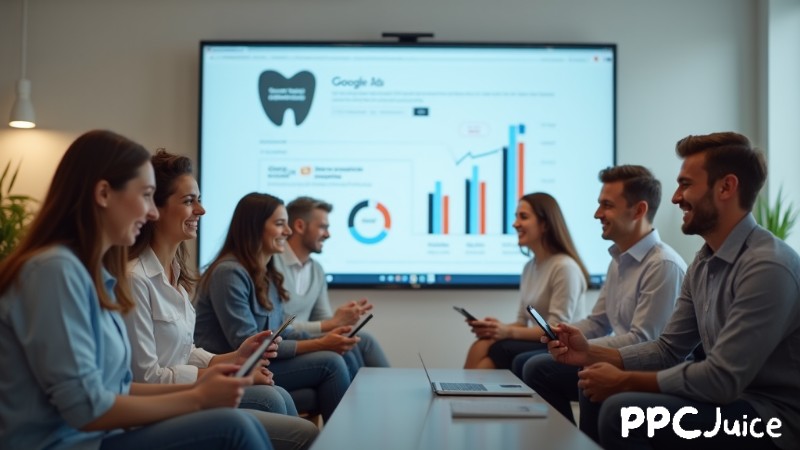
Pay-Per-Click advertising has become a cornerstone of growth for SaaS companies competing in crowded digital markets. Unlike SEO, which can take months to show results, PPC delivers immediate visibility, qualified leads, and measurable returns.
On average, firms earn $2 for every $1 spent, and some Google Ads for SaaS campaigns reach as high as $8. Studies also show PPC generates twice as many leads as SEO and converts 50 percent better.
The complexity of B2B SaaS buying, however, raises the stakes. Deals now require an average of 266 touchpoints, nearly 20 percent more than in 2023. This means a PPC strategy for B2B must be designed to nurture prospects throughout the journey.
Early campaigns build awareness with educational content, while mid-journey ads guide comparisons and evaluations. At the bottom of the funnel, targeted campaigns drive trial sign-ups, demos, and subscriptions.
Emerging PPC trends
Keyword strategy is critical. Broad terms bring visibility, but long-tail and intent-driven searches capture decision-ready buyers. Segmenting campaigns by query type—awareness, comparison, or branded—ensures stronger relevance and higher lead quality.
Monitoring performance metrics such as click-through rate (2.41 percent average), CPC, conversion rate, and cost per acquisition provides the data needed to optimize campaigns. Advanced approaches, including lifetime value attribution and pipeline velocity analysis, give a fuller view of long-term ROI.
Trends shaping 2025 include the growing role of AI agents, which now manage budgets, keyword testing, and competitor monitoring in real time. Video ads are gaining prominence as attention spans shorten, and improved hyper-targeting tools allow sharper audience segmentation.
Yet challenges remain: campaigns still falter from weak ad copy, poor landing pages, and targeting that is either too narrow or too broad. The future of B2B SaaS PPC will belong to companies that balance strong fundamentals with AI-driven agility and creative innovation.

